The Tuna Transparency Pledge, launched earlier this year, aims for 100% monitoring of industrial tuna vessels
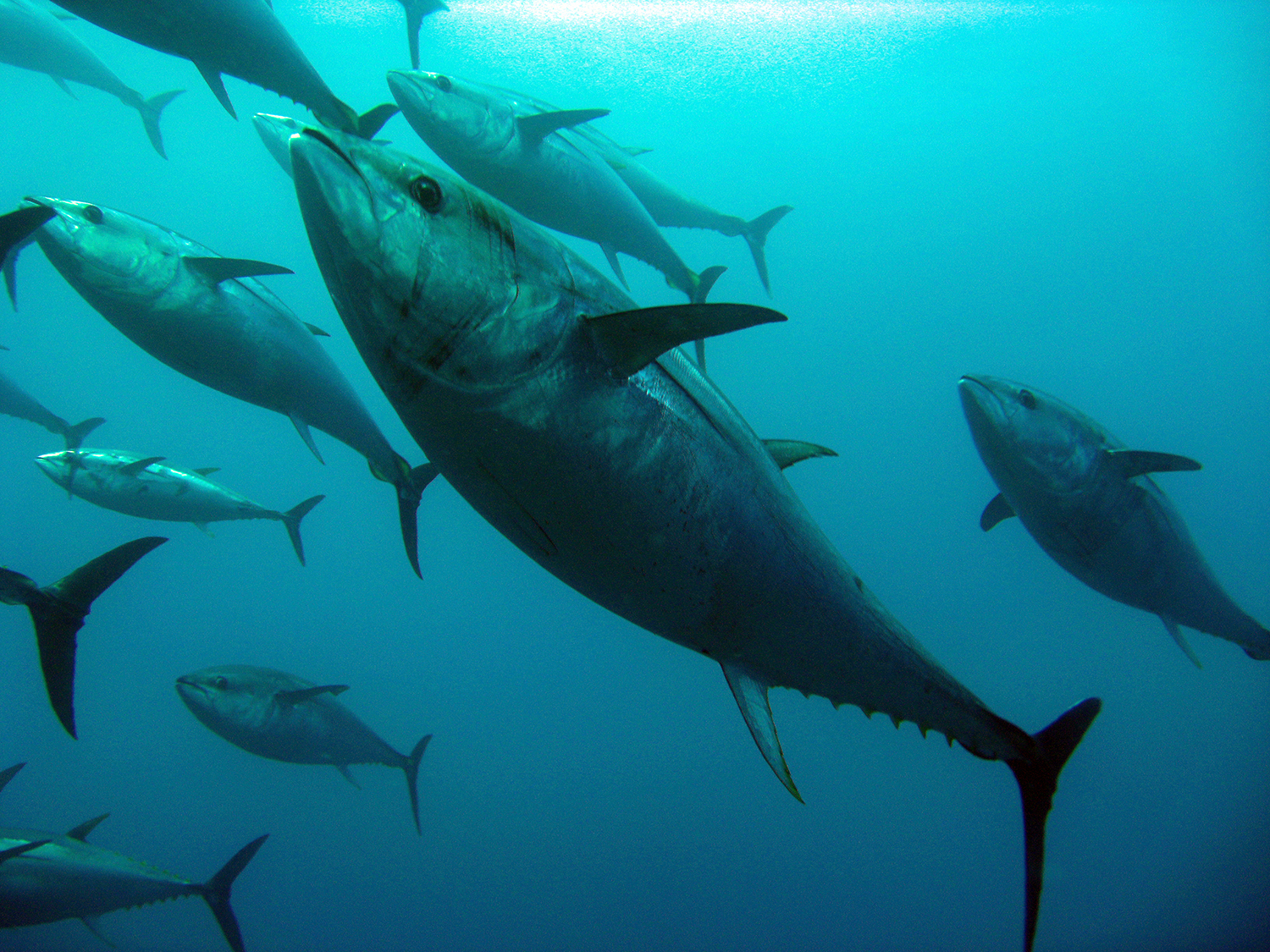
Most people behave better when they know they are being watched – in commercial fishing, independent monitoring of on-board practices ostensibly results in increased compliance on vessels. In tuna fisheries, purse seine vessels have independent observers but more than 95 percent of long-line tuna fishing vessels do not, according to The Nature Conservancy (TNC). They self-report their catch to authorities, a situation that is rife with misrepresentation.
“We know that the majority of illegal, unreported and unregulated (IUU) fishing comes from legally licensed vessels without independent verification,” said Ben Gilmer, program director for large scale fisheries at TNC, which is based in Arlington, Virginia, USA. That knowledge was the impetus for the organization’s launch of its Tuna Transparency Pledge in April 2024, which aims to achieve 100 percent monitoring on all industrial tuna fishing vessels by 2027. With independent monitoring to verify a catch, TNC believes it can level the playing field and create fair conditions for tuna fisheries worldwide.
“Independent monitoring is crucial because without it, you don’t know what’s happening,” Gilmer said. “It’s the primary data source that feeds through the supply chain downstream. Unless you have independent verification of the catch on board, there will be illegal product.”
The monitoring can be independent in-person observation or electronic observation with cameras containing integrated GPS signals that verify a vessel’s location and catch activity. The footage is reviewed and verified by independent monitors who report back to fisheries authorities, to the supply chain and to the vessel owner, with recommendations of improvements that need to be made.
“The typical information you’d get from a report would be the number of tuna caught and retained, the bycatch interactions – for example with sea birds, sharks or rays – and any compliance issues that occurred during the trip,” Gilmer said. “These tools are used to create continual improvements on the water.”
Gilmer noted that monitoring of industrial tuna fishing is a priority of many NGOs. “We’re trying to create a wave of momentum where markets and governments drive the changes they want to see in the world by making this pledge,” he said. “When that happens, the vessel will have to comply in order to have market or fishery access.”
To date, Thai Union, Walmart and Albertsons have signed on to TTP, as have some governments, including Belize and the Federal States of Micronesia have also joined.
“It was a no-brainer for Thai Union,” said Blake Stok, director of sustainability for Thai Union North America. “We launched our initial tuna commitment in 2016 and when we reviewed it in 2020, one of our goals was to have independent human or electronic observation on all the vessels we source from. It made sense to sign on to the TTP and to join some of the largest retail customers in the world in signaling this strong demand for greater transparency in the tuna sector.”
With sourcing fleets worldwide, Thai Union is one of the biggest buyers of tuna globally and a significant player in the global canned tuna market. One in every five cans of tuna worldwide is touched by a Thai Union entity. Blake said the canned tuna market was worth (U.S.) $39 billion in 2022 and is expected to exceed $50 billion by 2028.
When Thai Union participated in the Sustainable Fisheries Partnership’s Endangered, Threatened & Protected Species Bycatch Audit last year, the company recognized it could make improvements that would help mitigate the risk of engagement with ETP species. “Electronic monitoring is a critical tool in identifying where those issues are most prominent and then working in close partnership with our suppliers to improve practices to change the situation on the water and try to address the loss of life of these species,” Blake said. “By providing greater transparency aboard tuna vessels, electronic monitoring facilitates accountability.”
If the industry has standardization across the board, then competition can take place in a fair environment. But if you have entities operating on different rules and standards, it creates a challenging environment for those that are demonstrating best practices.
Thai Union doesn’t own any vessels, but in some instances the company has helped facilitate and support the installation of electronic monitoring systems. Gilmer said there are two sets of costs: electronic monitoring hardware and data review. It’s a mixed bag in terms of who pays for what, he added.
“Sometimes the vessels pay the cost of program fees, and the government covers the data review, and other times the fees are 100 percent industry funded, with costs offset by processors or other members of the supply chain. There are also programs where governments pay all the fees, though these are rare,” he said.
Stok said industry expectations and market demand are standardizing the practice of electronic monitoring and the company is seeing rapid uptake of these systems in its supply chains.
“We’re at the beginning of this transition to an industry standard, and as the tech scales and advances, the costs are coming down,” he said. “Starlink is contributing to the potential for near real-time monitoring in place, and AI will drive down the costs of analyzing the data in the monitoring space. This constant evolution is rapidly changing the landscape.”
The goal of the monitoring is to improve practices, but not in a gotcha! kind of way, he added.
“Rather, the goal is to improve practices in partnership with our suppliers, so the entire industry can operate on a level playing field. If the industry has standardization across the board, then competition can take place in a fair environment. But if you have entities operating on different rules and standards, it creates a challenging environment for those that are demonstrating best practices.”
Gilmer agrees: “The real power of electronic monitoring is not to penalize, but to be a tool for continual improvement and compliance verification. That’s the real value proposition.”
Now that you've reached the end of the article ...
… please consider supporting GSA’s mission to advance responsible seafood practices through education, advocacy and third-party assurances. The Advocate aims to document the evolution of responsible seafood practices and share the expansive knowledge of our vast network of contributors.
By becoming a Global Seafood Alliance member, you’re ensuring that all of the pre-competitive work we do through member benefits, resources and events can continue. Individual membership costs just $50 a year.
Not a GSA member? Join us.
Author
-

Lauren Kramer
Vancouver-based correspondent Lauren Kramer has written about the seafood industry for the past 15 years.
Related Posts
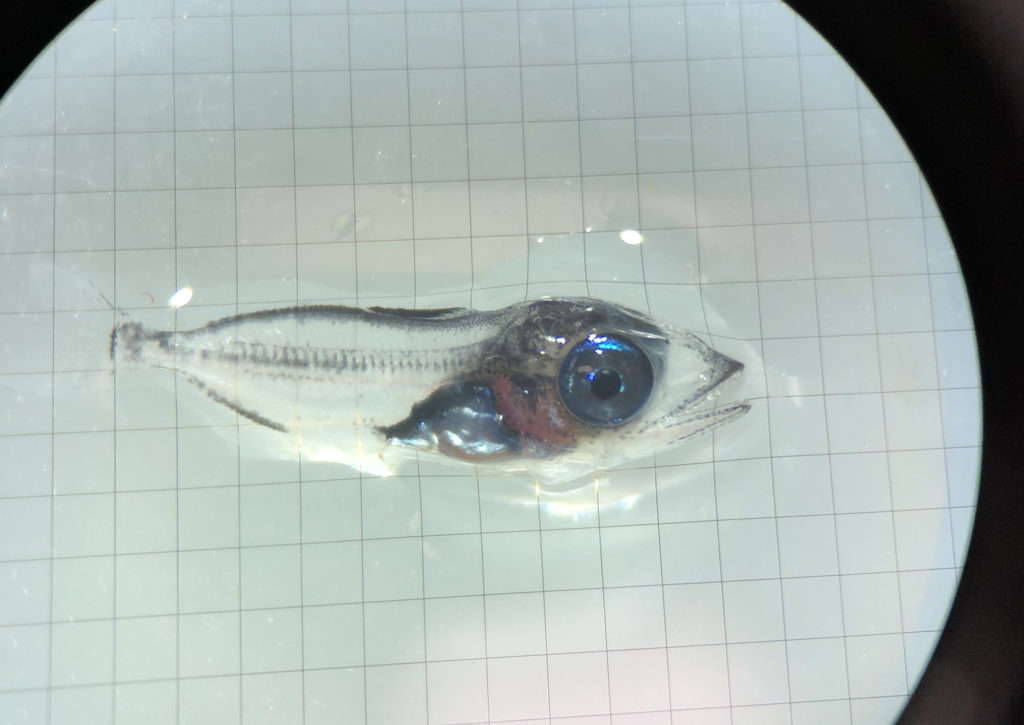
Innovation & Investment
‘Not convinced it can’t be done’: A look inside California’s new bluefin tuna hatchery
San Diego-based bluefin tuna hatchery and feed company Ichthus Unlimited aims to make tuna ranching a more sustainable and reliable option.
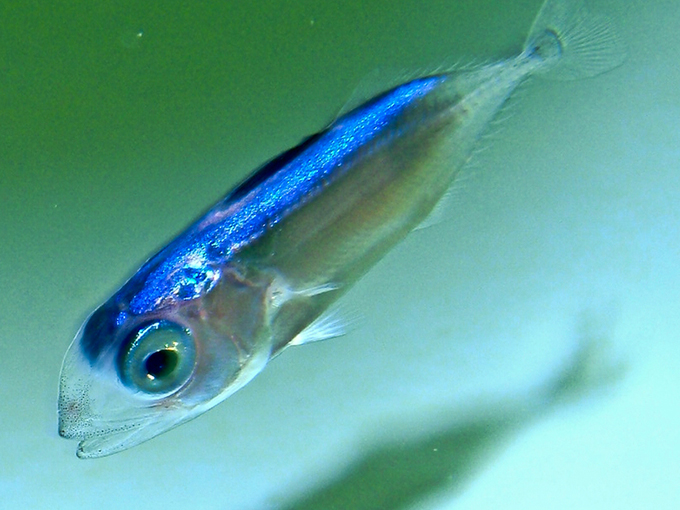
Innovation & Investment
Tuna aquaculture: Fishing for progress
Aquaculture could be a sustainable alternative to fishing for tuna but achieving commercial-scale production has proven challenging.
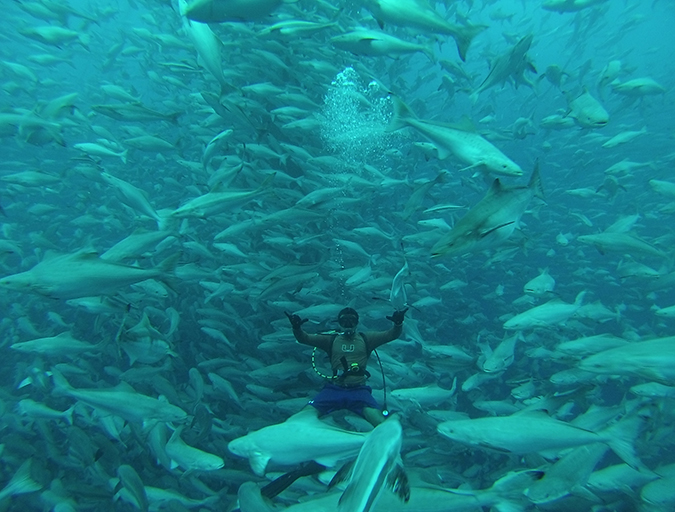
Innovation & Investment
Aquaculture Exchange: Daniel Benetti
University of Miami professor says the U.S. seafood marketplace needs to embrace 'plate-sized' fish if a domestic aquaculture industry is to become sustainable and profitable.
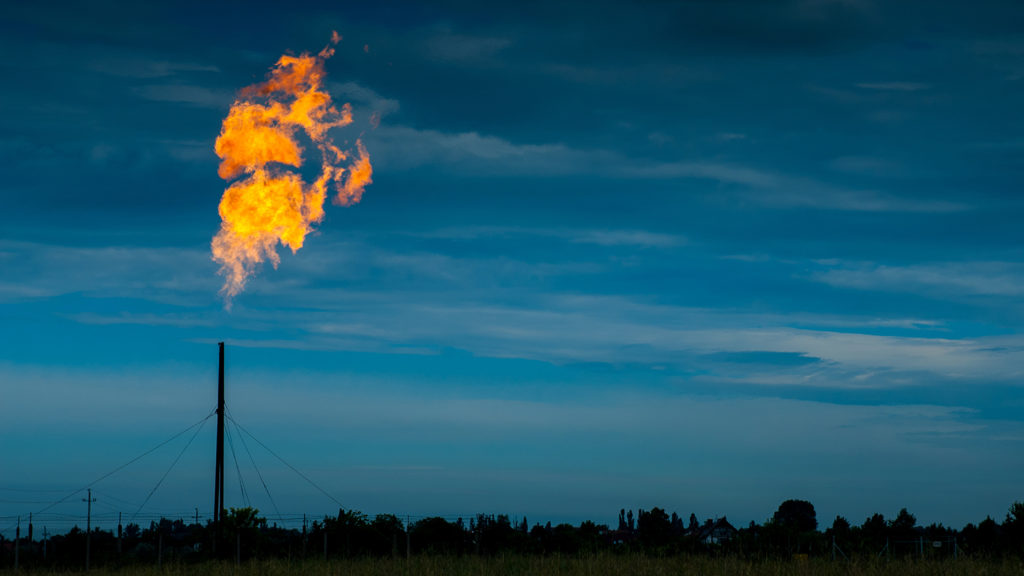
Innovation & Investment
Aquafeed opportunity attracts pioneers from fields afar
As business leaders switch focus from biofuels and energy to food security, one convert dubs the aquafeed opportunity a needed “redeployment” of knowledge.


